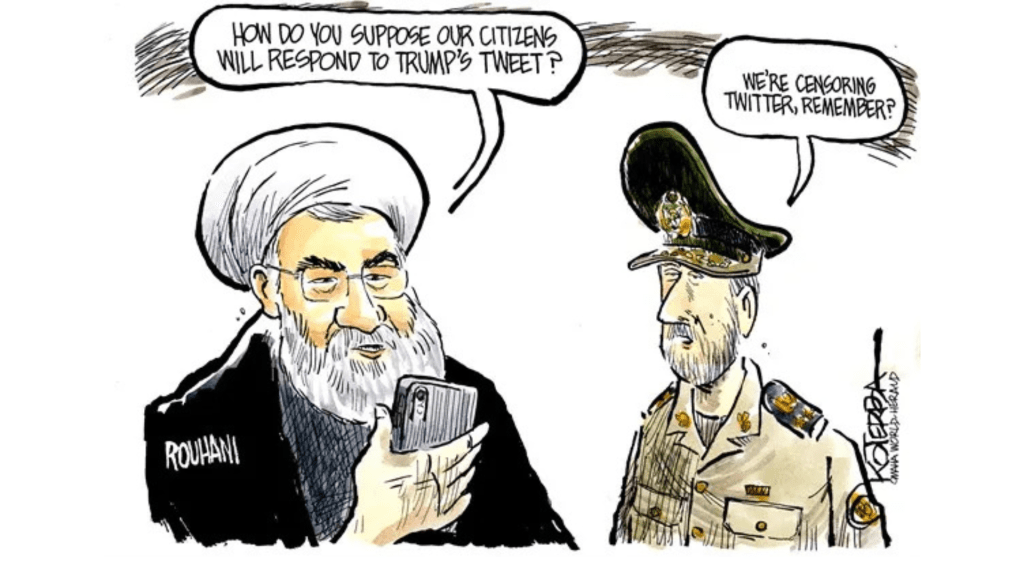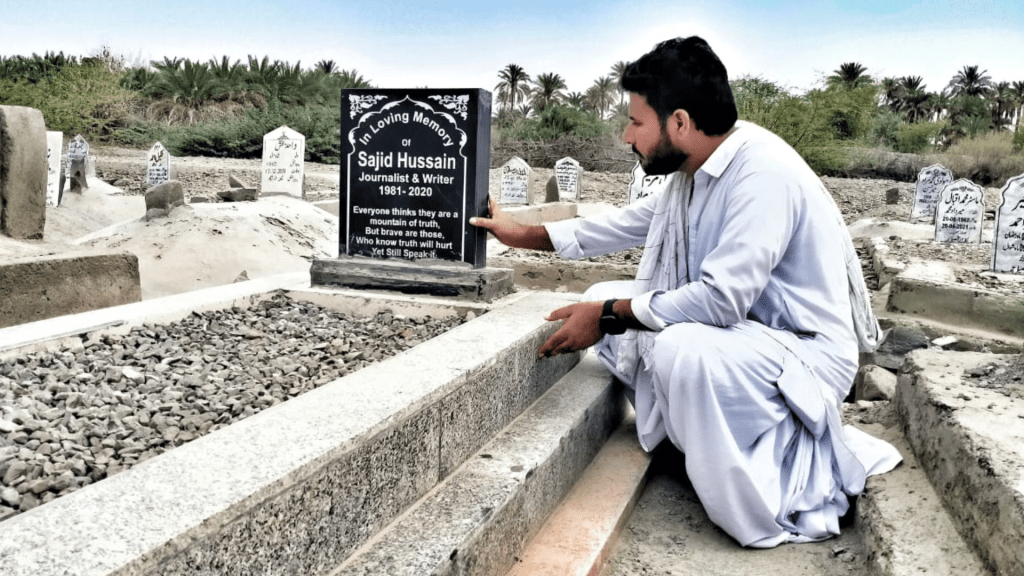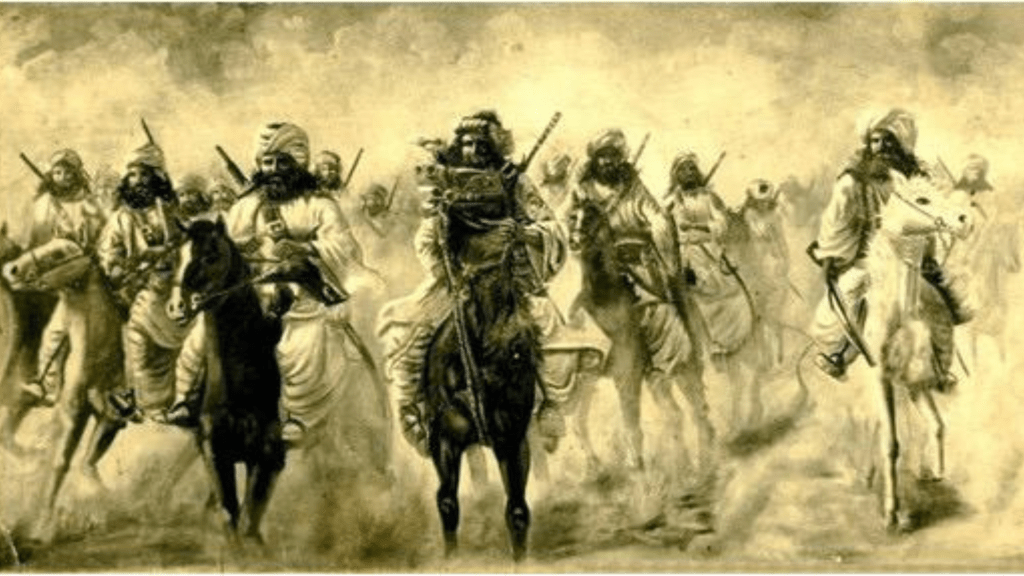The Headless Woman, or La Mujer Sin Cabeza, released in 2008, is the third feature film by the highly-regarded Argentian director Lucrecia Martel. Her prior films Swamp and Holy Girl also deal with similar subjects.
The Headless Woman is almost universally praised for its cinematic form, as the director does not suggest anything through the storyline or the main character, Veronica, played by Maria Onetto, a sophisticated woman from the upper middle class who runs a dental clinic with her brother. Though Martel doesn’t reveal much through the narrative, her camera skillfully reveals the film’s subtle message scene by scene, with the help of the viewer’s own perspective.
The subtle musical references take the viewers back to the 70s reminding you of the dirty war in Argentine where thousands went missing in the hands of the infamous military junta to cull the communists. It is also about the collective guilt of a silent society, especially the upper and upper-middle classes. But everything depends on the viewer’s perception, as Martel manages to make a movie which is somehow free from the confines of narrative, weaving layers of meaning with visuals, allowing multiple interpretations. When I watched the movie, for me it was about the Baloch missing persons.
The film opens with a scene where some children are playing with a dog beside a dry canal. Next, Veronica is driving on a dusty highway beside a dry canal. It is scorchingly sunny. Distracted by her mobile phone, she hits something, and the car stops with two powerful jolts. The camera is fixed on her all the way. Her cheerfulness changes to a mixed feeling of worry and shock. She does not look back or get out of the car to check what she hit. Only a non-diegesis scene from the back of the car suggests something lying on the road which might be a dog. But it can be anything. She reaches out for her sunglasses which had fallen during the accident and put them on. She drives away with a child’s handprints visible on the car’s side window pan. The day turns from being sunny to rain-soaked and gloomy.
During the accident, she had had a head trauma which could be the reason of her confusion in the rest of the movie. Or maybe it is her guilt, preventing her from reaching out to others. We cannot even be sure if she really had had a head trauma because it is never shown clearly. Her hospital records are wiped clean from the hospital she visits after the accident. It appears the male family members took care of them. We never find out if she really hit someone or was it just a dog? We can only look for clues scattered throughout the film. Viewers are free to take away what they want to.
I personally felt the film is about Pakistan’s dirty war in Balochistan. For me, it seemed like the story of all the people who went missing in the hands of authoritarian regimes like those of Pakistan or Argentine or any other place where people go missing just like that and no one asks questions.
As the story unfolds and Veronica gets convinced that she has killed someone, her guilt looms in the form of continuous rainfall in the immediate aftermath of the accident. She shares her fears with her husband Marcos (César Bordón). She tells him she might have killed someone. He rejects her concerns and assures her that she did not, because if she had, people would have heard about it. This again is a reference to those who went missing in Argentine during the 70s. No, you don’t hear anything about those who go missing. No police report. No inquiries. No bodies at the morgue and the society at large pretends nothing has ever happened. It does not acknowledge that anyone by such name existed.
In Balochistan too, the mainstream media and civil society at large is in a state of denial about the existence of thousands of people who were picked up by the powerful military and went missing. Some forever. Others returned as unrecognizable dead bodies.
Martel uses strong formal reference points to suggest that history is being wiped clean from the memory and consciousness of an entire society; their collective consciousness temporarily put to rest, being in a state of dementia and guilty forgetfulness during a deeply upsetting time. In the wide-angle scene where Veronica is shown as an overlooking passive figure, shot sideways and from the back, one presumes it is the collective personification of Argentinian society reluctant to face the facts when it should speak out against what is deemed wrong. In one scene, she asks her husband confused and dazed-headedly: “What should I do?” Her husband replies promptly, “You should sleep.”
In another scene, a gardener is tilting the land turning the green grass upside down, probably suggesting that history and memory is being rearranged and re-written to avoid or whitewash the unpleasant guilt-infested memory and start again. In another scene, the gardener discovers pieces of tiles while digging what could be an old swimming pool. At this, I was led to thinking no matter how deep you bury the past it would not stay hidden for long. The Argentine military’s crimes against its own people eventually became common knowledge internationally even though the middle and higher classes within the country kept silent and pretended nothing had happened.
It is the passiveness of Veronica that is more striking and in ways painful to watch. It is a near traumatic experience for viewers, when unprecedent crimes are being perpetuated by fellow human beings and society chooses to look the other way. Veronica represents the Argentinian society’s uppers classes and her inaction suggests culpability in the crime. It is her silence that gave birth to her guilt and the reason for her disconnect from the reality. The willful ignorance can also be seen through cinematography with blurry and out-of-focus scenes, especially when Veronica is around. The blurriness is deliberate to depict her willful oblivion, when she is driving around the streets, to the lower classes in Argentinian society’s hierarchical order. The shots from within the car have this capsuling effect to create a disconnect, cocooning her from the reality of the outside world, the happenings on the streets, the unpleasant and the uncomfortable truth that is 1970s Argentine. She conveniently lets her face the facts that she wants and ignore the ones that can be testing for her conscience.
The ruling elites of an authoritarian society perpetuate brutalities and crimes against the disenfranchised sections under the pretext of moral high grounds over their fellow men and women. Martel seems to be critical of this duplicity by showing the high society’s own moral flaws through Veronica’s incestuous affair with an in-law and her niece’s unorthodox admiration for her, rejecting their self-perceived moral superiority and showing that all people eventually are governed by basic human instincts, no matter what they claim.
The degradation in Veronica’s character is also shown by her ailing aunt who suggests why she cannot be like before, indicating that she has changed for worse. The same aunt speaks of ghosts in a nightmarish tone and then we see a child leaving the room like the ghosts of the ones who went missing.
My interpretation of the movie is greatly influenced by my own experience with the tragedy of Balochistan’s own missing persons, some my friends and some my relatives. Their existence is being denied by the mainstream Pakistani society and the ruling elites, even their memory being whitewashed through lies, deceit and manipulation of facts. But for their friends and families they were not ghosts who were there for one moment and then disappeared forever.
Martel might not be aware of the fate of the missing in Balochistan; nevertheless, she tells their story in every detail. And that’s the beauty of her film. It does not tell one story. Its masterfully crafted visuals weave with your own individual experiences, creating a different story for every viewer.
Sameer Mehrab is a writer and co-founder of Balochistan Times. He often depicts Balochistan's socio-political dilemmas in his fiction and poetry. He is based in Canada.



